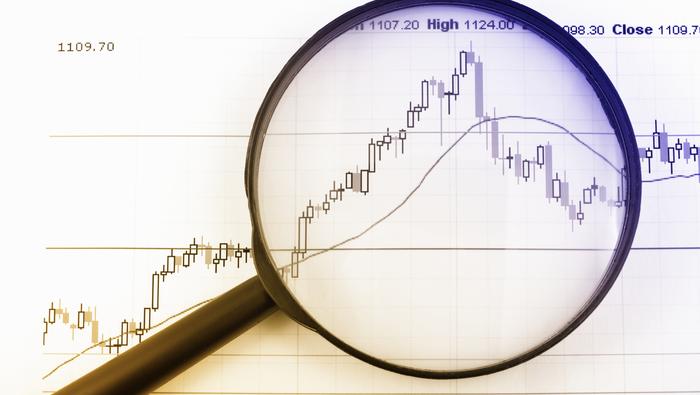Talking points on this podcast:
- How to approach volatility trading
- What opportunities does volatility trading bring?
- Why is the VIX the markets’ fear gauge?
This time on Trading Global Markets Decoded, our host Martin Essex is joined by Andrew Thrasher. Andrew is a Portfolio Manager at Financial Enhancement Group, an asset management firm in the US state of Indiana, and the founder of Thrasher Analytics, an independent financial market research firm. In this edition, we cover market volatility and how to navigate some of the most intense swings ever seen.
How to approach volatility trading
Talk begins with the recent state of extreme volatility hitting the markets during the continuing coronavirus outbreak. At the time of writing in late April, we had already seen 76 1% moves in the S&P 500, having barely got through the first quarter. How is volatility trading best approached at this time?
“When you have this much volatility it can be very stressful,” Andrew says. “It’s important to have a different view to the market during different regimes of the market.
“Say we’re in a healthy uptrending market…when that shifts – and volatility can tell us when it makes those changes – I think a lot of people’s discipline and strategies have to change along with them.”
Back in February, Andrew wrote that we weren’t seeing a normal environment as the VIX (see below) was going up and down rapidly. “We saw it staying high, and traditionally when that’s happened we see a lot more pressure come onto the market; we see equities don’t necessarily pop back up like what happened last year. So looking at volatility can give us better insight into the equity market and the sentiment being shown by the traders.”
What opportunities does volatility trading bring?
Andrew says that whether volatility trading is an opportunity or a pitfall depends on the timeframe of trades. “Coming into this downturn, if you were a much shorter-term trader and were used to handling intraday volatility and large gaps, this environment can be beneficial.
“[But] if you were longer term, trying to switch your mindset to being that short-term trader can be extremely stressful and I think it can be a pitfall.” Indeed, trying to shift the way you approach the market just because you see others making money on big swings of the likes of cruise operator Carnival is not advised. “It’s important to stick to your own process and stick to your timeframe regardless of what others do.
“We try to stay grounded in our data and not let the emotions of the market take hold.”
Why is the VIX the markets’ fear gauge?
The VIX volatility index, created by the CBOE, has been around since the 1990s. It’s a statistic that incorporates the options data for the S&P 500 with the purpose of forecasting forward volatility – essentially what the market thinks the swings will look like over the next 30 days.
“So when we see the VIX get to a high level like over the last couple of months, it’s because we see the market get a little more fearful, and there are expectations for the current volatility to persist. Whereas when [the VIX] is very low, it’s the market thinking volatility will stay subdued.”
For more ways of listening to the DailyFX podcast, click on one of the additional channels below.
- iTunes: https://itunes.apple.com/us/podcast/trading-global-markets-decoded/id1440995971
- Stitcher: https://www.stitcher.com/podcast/trading-global-markets-decoded-with-dailyfx
- Soundcloud: https://soundcloud.com/user-943631370
- Google Play: https://play.google.com/music/listen?u=0#/ps/Iuoq7v7xqjefyqthmypwp3x5aoi
- Spotify: https://open.spotify.com/show/6FtbTf4iGyxS0jrQ5jIWfo




